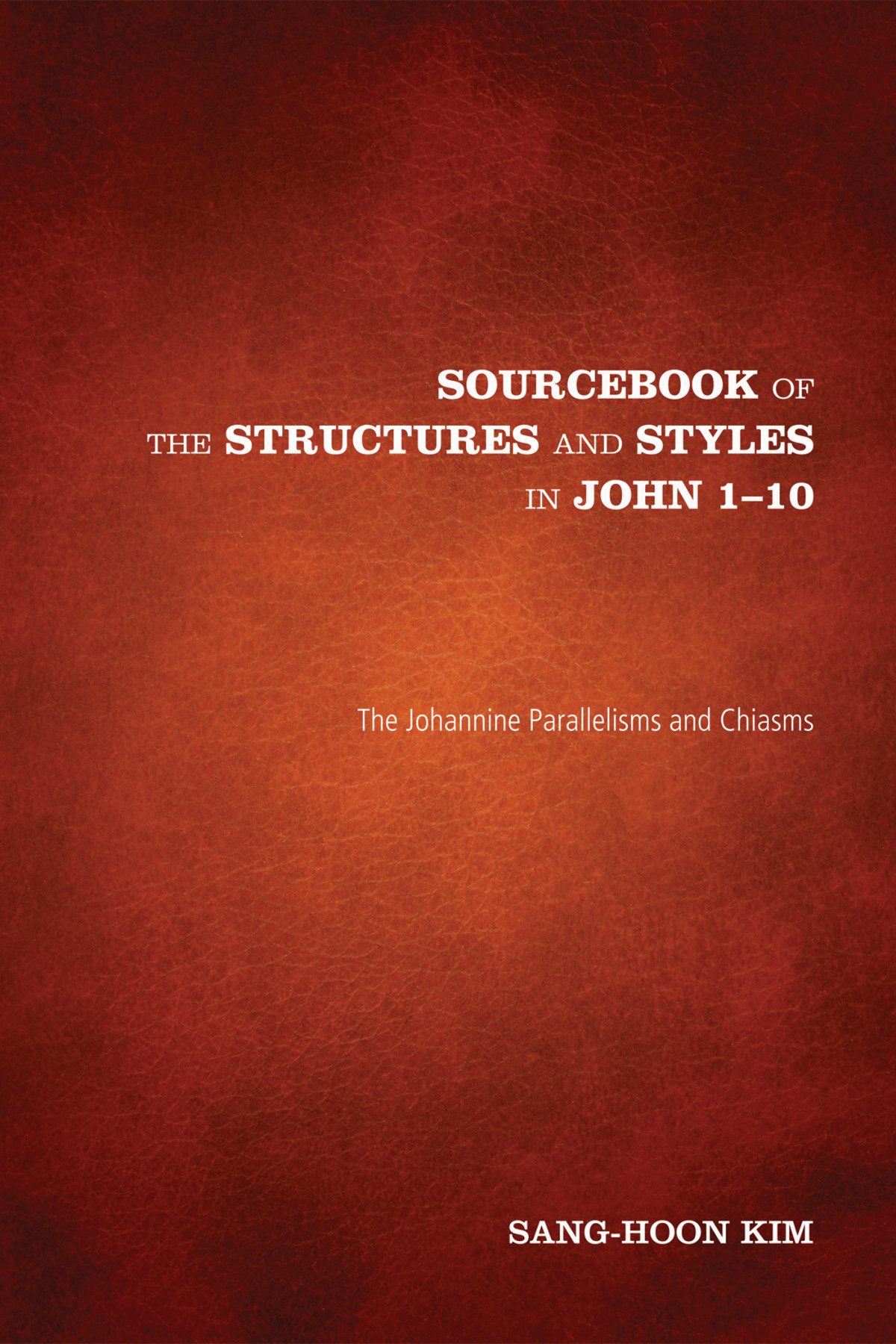

Most ebook files are in PDF format, so you can easily read them using various software such as Foxit Reader or directly on the Google Chrome browser.
Some ebook files are released by publishers in other formats such as .awz, .mobi, .epub, .fb2, etc. You may need to install specific software to read these formats on mobile/PC, such as Calibre.
Please read the tutorial at this link: https://ebookbell.com/faq
We offer FREE conversion to the popular formats you request; however, this may take some time. Therefore, right after payment, please email us, and we will try to provide the service as quickly as possible.
For some exceptional file formats or broken links (if any), please refrain from opening any disputes. Instead, email us first, and we will try to assist within a maximum of 6 hours.
EbookBell Team

4.0
36 reviewsNo other book in the New Testament compares to John in its complexity of style and structure. So many factors confuse Johannine scholars, including the complexity of styles, repetition, duplication, and seemingly distracted structures that are difficult to discern.
Sourcebook of the Structures and Styles in John 1-10 is designed to scrutinize the structures and styles in John 1-10, reading John according to John's way, with the following integrated points of view:
First, this reading is indebted to both diachronic and synchronic approaches. Second, macro structure and micro style are treated together and interactively. Third, specific and overall analyses are made together. Fourth, grammatical and relational considerations are brought together. Fifth, syntactic, semantic, and pragmatic relations are considered all together. Sixth, both parallelisms and chiasms (including their variations) are examined, whether in macro structure or in micro style, without excluding either. Seventh, all types of parallelisms and chiasms are examined, whether simple or complex. Eighth, ancient and modern ways in writing-reading processes complement each other. Ninth, Western and Eastern perspectives become complementary. Tenth, the Greek text and its English version (by the author) are used interactively. Eleventh, analysis and discussion are brought to complement one another.
**